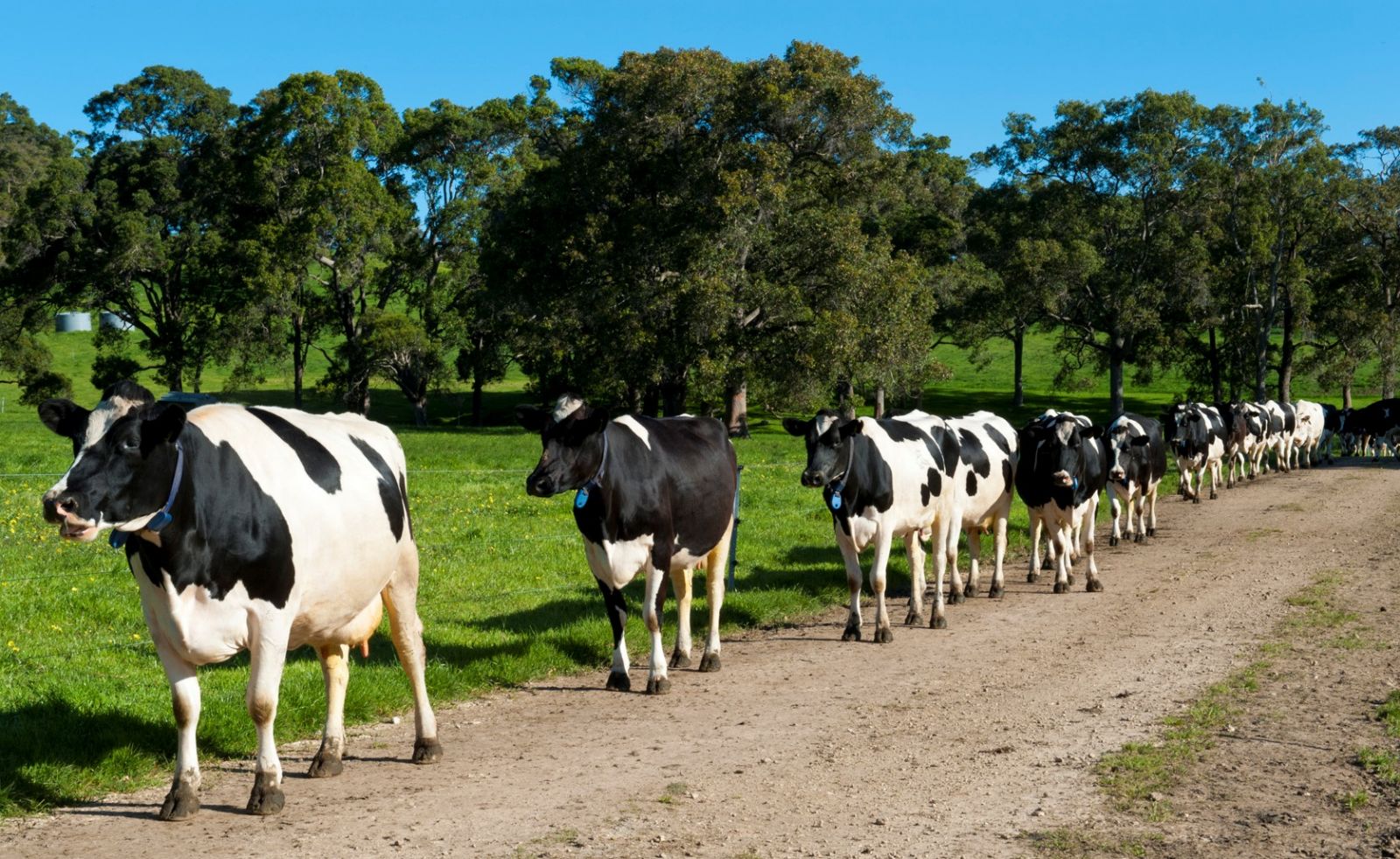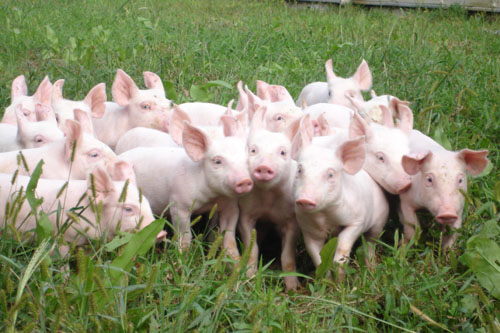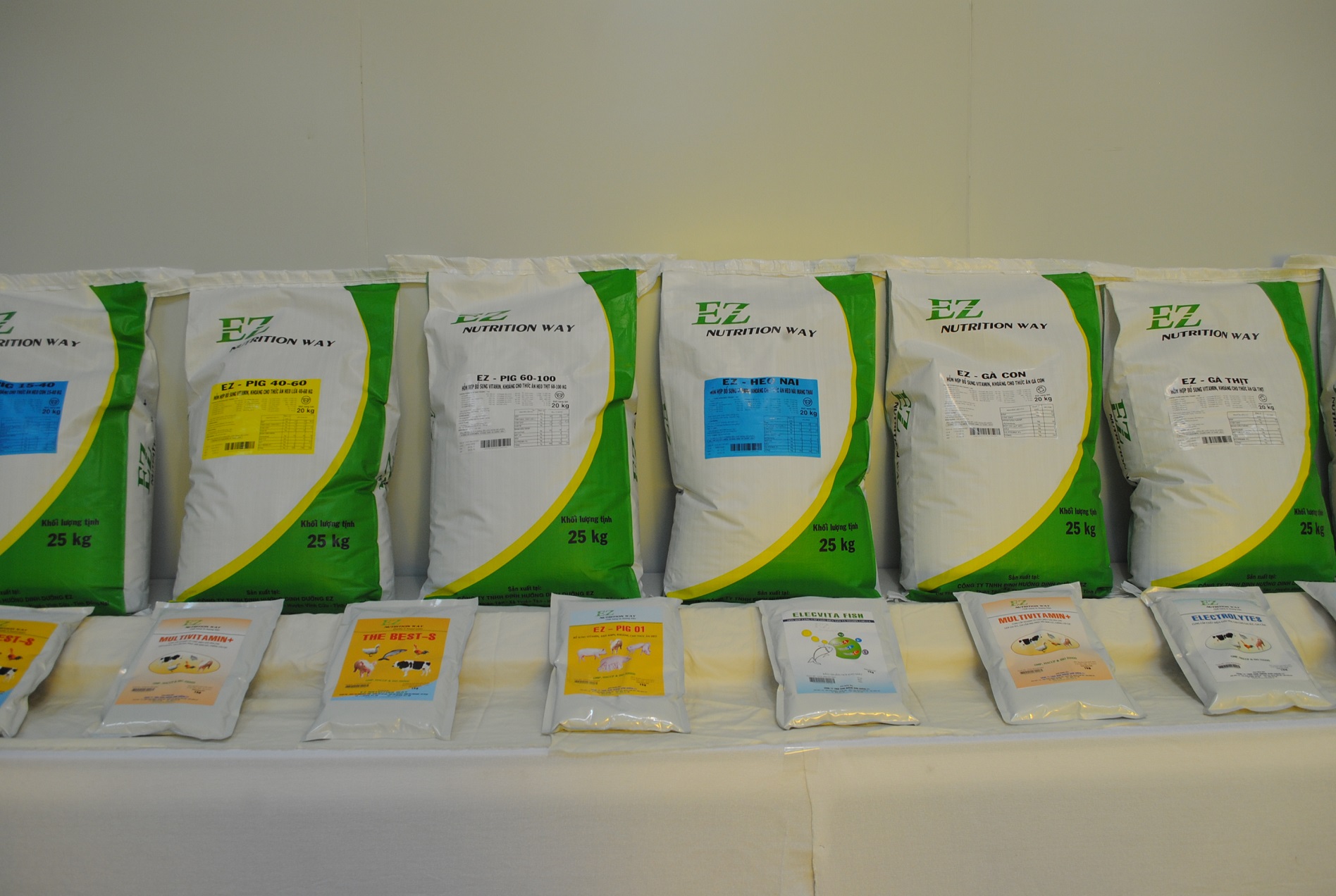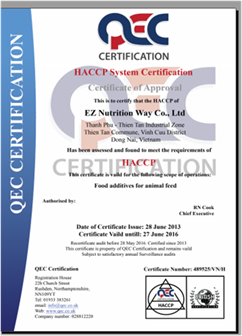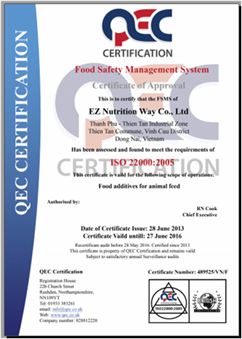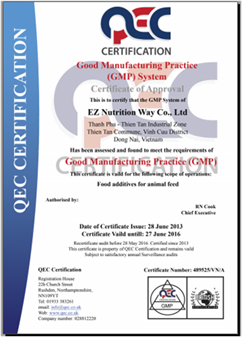Zearalenone and Reproductive Function in Farm Animals
Zearalenone (ZEA) is a mycotoxin produced by Fusarium graminearum, F. culmorum, F. crookwellense, F. equiseti and F. semitectum, frequent contaminants of maize, wheat, oats and barley [1]. This mycotoxin may co-exist with deoxynivalenol (DON), as the same fungi, F. graminearum or F. culmorum, may produce both compounds [1]. In mammals, the keto group at C-8 is reduced to two stereoisomeric metabolites of ZEA (α- and β-isomers) (Figure 1). The ZEA metabolites, such as α-zearalenol (α-ZOL), β-zearalenol (β-ZOL), α-zearalanol (α-ZAL), β-zearalanol (β-ZAL) and zearalanone (ZAN), are also produced by the fungi, as reported by Bottalico et al. [2] in corn stems infected with Fusarium. Variations in the incidence of ZEA occur with different crop years, cereal crop and geographical areas. The worldwide contamination of grain and feed with ZEA ranges from 0.004 to 8 mg/Kg, with the highest levels found in wheat (from Germany) and corn samples (from Argentina) [3]. Considering the mean levels of ZEA in the principal foods and their consumption, the average human daily intakes of ZEA ranges among adults from 0.8 to 29 ng/Kg bw., while small children have the highest average daily intakes ranging from 6 to 55 ng/Kg/b.w./day [4]. The great variability in diet composition for the major farm animal species precludes the calculation of actual exposure levels based on the occurrence of ZEA in individual feed materials, considering also the ZEA occurrence in straw, hay, pastures or grass-clover less documented [5].
The specific manifestations are dependent upon the relative dose of ZEA and the stage of estrous cycle or pregnancy during which ZEA was consumed. The oestrogenic syndrome in swine affects primarily the reproductive tract and mammary gland, and in more sensitive young gilts 1–5 ppm of ZEA induce clinical signs such as hyperemia, edematous swelling of the vulva, sometime vaginal prolapse and even rectal prolapse [24]. This hyperoestrogenic mycotoxicosis primarily affects weaned and prepubertal gilts because the lack of full development of the endogenous endocrine system in the young [24]. In immature gilts, dose of 200 μg/Kg b.w. leads to the development and maturation of the largest follicles through the activation of an apoptotic-like process in the granulosa layer of single mature follicle and ovarian follicle atresia [25, 26]. After recovery of oocytes during ovario-hysterectomy of gilts exposed to ZEA and DON by feeding (from 0.2 and 0.004 to 9.6 and 0.36 mg/Kg feed, respectively), oocytes with compact cumuli showed a significantly reduced proportion with immature chromatin in groups exposed to high mycotoxin levels [27]. The proportion of oocytes having degenerated meiotic chromatin was significantly higher in these groups compared with groups exposed to lower concentrations. The oocyte quality was significantly reduced and was directly related to the reduced proportion of normal germinal vesicle-stage oocytes [27]. The feeding of wheat contaminated naturally with DON and ZEA to gilts did not influence the activity of enzymes (P450scc and 3β-HSD) involved in progesterone synthesis, as observed in vivo-derived porcine granulosa cell cultures [27]. Oocyte degeneration and reduced meiotic competence of compact cumulus oocyte complexes were reported after in vitro maturation [27].
In cyclic animals, nymphomania, pseudopregnancy, ovarian atrophy and changes in the endometrium are reported [24]. Zearalenone causes sterility in sows by inciting a malfunction of the ovary [28]. The oocyte dies in the Graafian follicles and despite signs of oestrus, there is no ovulation. In gilts, after 100 ppm in feedstuff for one week of treatment, ZEA appears to cause maturation by stimulating primary and secondary follicles in the ovary and proliferation of uterine glands [28]. Zearalenone acts similarly to E2 in inhibiting the release and secretion of follicle stimulating hormone (FSH), thus depressing the maturation of ovarian follicles during the preovulatory stage. The changes induced by ZEA depend on time of administration in relation to oestrous cycle as well as on the dose administered [24]. This indicates that ZEA may exhibit a luteotrophic property which prolongs the life span of the corpus luteum equal to or longer than the normal gestation period [24].
During pregnancy, the timing of the exposure is critical, because at threshold level of ZEA (1 mg/Kg b.w.), administered on days 7 to 10 after mating, does not disrupt pregnancy, when administered on days 2 to lead to degenerative changes in embryos that begin to be well advanced by day 13 after mating [29]. These effects are similar to those of other exogenous estrogens on pregnancy, such as E2. During pregnancy, ZEA reduces embryonic survival, when administered a threshold level (200 μg/Kg b.w.), and sometimes decreases fetal weight [8]. Placental transfer of ZEA results in teratogenic effects in piglets characterized by various abnormalities of genitalia [8].
The effect of Fusarium cultures per os on male swine showed a 30% of weight reduction of testes, decrease of fertility related to reduction of sperm quality and viability [28]. In boar, ZEA depressed serum testosterone, inducing feminization and suppressing libido [8]. No adverse effect on the reproductive potential of mature boars was described at levels normally found in contaminated feed, but in female swine several severe reproductive problems can occur after feeding with ≤200 ZEA mg/Kg [30]. The α-ZOL may reduce aggressive behavior, testis growth and sexual activity in farmed fallow bucks by ear implants at a dose of 36 mg at 90 day intervals [31].
- Swine Feed and Nutrition
- Common Poultry Diseases 1
- NUTRITION WAY on the way to self-innovation and improvement
- Vietnam seafood exports to reach US$1.7 billion in QIV
- Animal feed import reduction necessary for VN
- Healthy appetite for animal feed raw material imports
- Tien Giang announces A/H5N1 flu on poultry
- City council to vote on backyard chickens
- Breeding and feeding get closer in next 10 years
- Reducing dietary crude protein levels in growing pigs



